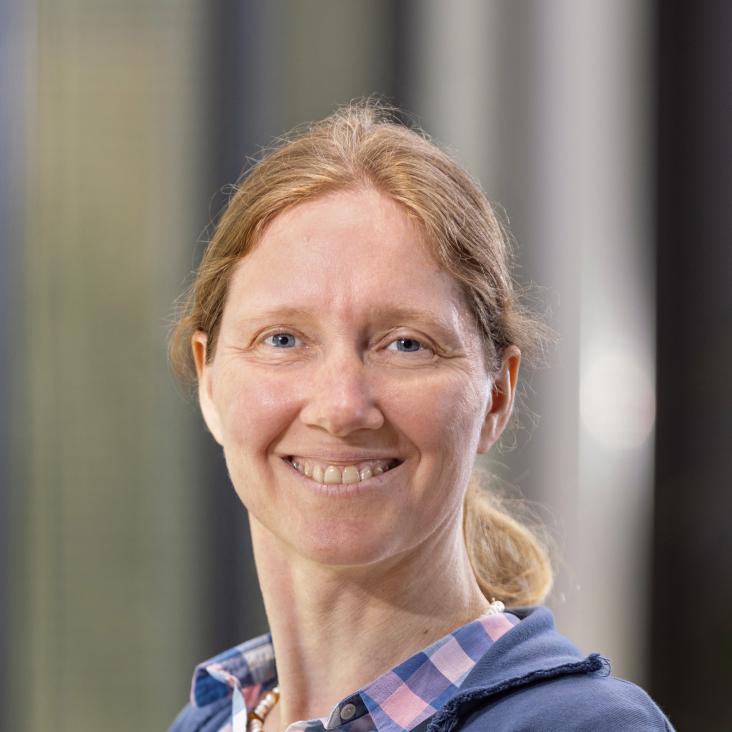Role of Tension and Twist in Single-Molecule DNA Condensation
Physical Review Letters American Physical Society (APS) 98:5 (2007) 058103
Optical tweezers for force measurements on DNA in nanopores
Review of Scientific Instruments AIP Publishing 77:10 (2006) 105105
Nanobubbles in Solid-State Nanopores
Physical Review Letters American Physical Society (APS) 97:8 (2006) 088101
Direct force measurements on DNA in a solid-state nanopore
Nature Physics Springer Nature 2:7 (2006) 473-477
Structural analysis of hyperperiodic DNA from Caenorhabditis elegans
Nucleic Acids Research Oxford University Press (OUP) 34:10 (2006) 3057-3066


